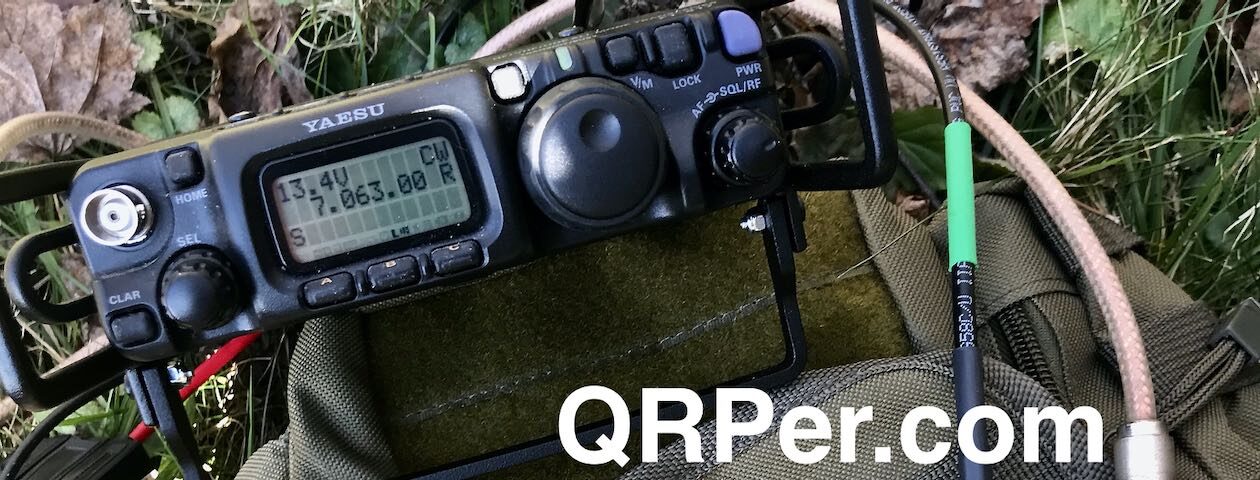 What is it about winter that engages my inner kit-builder–?
What is it about winter that engages my inner kit-builder–?
I go through this cycle every year: when outdoor temps plummet, I fire up the soldering iron and start building kits that have been sitting on the shelf for the previous three seasons.
I used to think that I built more kits in the winter because I spent more time indoors, but that’s not actually true. Reality is, I probably spend more time outdoors in the winter than I do in the other seasons…save fall, perhaps.
I actually have a QCX+ transceiver kit that a kind reader generously donated to me (thanks again, OM!). I can’t wait to dig into this particular build, but I’m forcing myself to wait.
Until I finish building and installing my Murphy Bench (check out this HRWB podcast episode where we take a deep-dive) I don’t have a dedicated space for a good multi-day transceiver kit. At present, I have to take over the dining room table and as you might imagine, the others in my family aren’t incredibly pleased with a semi-permanent workbench in the middle of the house.
I’m making my Murphy Bench a priority and dangling the QCX+ as a reward for completing the build. Wish me luck!
I’m curious: Do you find that you also do more kit-building during certain seasons? What kits or other projects are on your horizon?Please comment!













